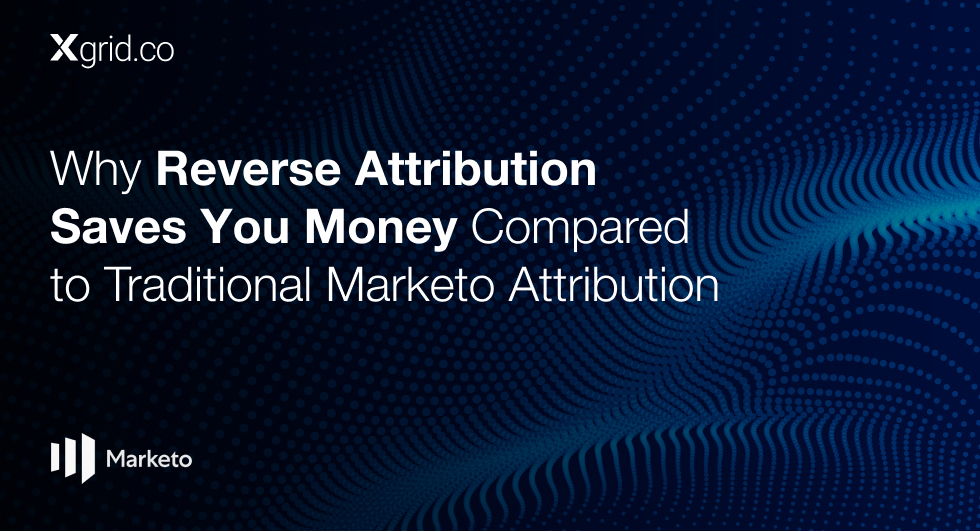How to Do a HubSpot CRM Migration Without Breaking Your Data
Migrating to HubSpot is one of the smartest moves a growing company can make. But ask anyone who’s rushed a HubSpot CRM migration, and they’ll tell you: data breaks easily. Duplicates creep in, pipelines don’t match reality, and suddenly your team can’t trust reports. The truth is, HubSpot doesn’t fail —poor CRM migration strategy does. Done right, a HubSpot migration not only preserves your history but also sets you up for scale with clean data, accurate reporting, and a system that supports both Sales and Marketing. Here’s how to move to HubSpot without breaking your data.
Step 1: Define Your Core Data Structure Before Migration
The biggest mistake in HubSpot data migration is lifting and shifting everything from your old system. That means bloated fields, irrelevant objects, and “ghost records” that clog your CRM from day one. Instead, design your HubSpot architecture first:
- Decide which primary objects (Contacts, Companies, Deals, Tickets, Custom Objects) you’ll need.
- Separate must-have fields (e.g., Lifecycle Stage, Lead Source, Industry) from “nice-to-have.”
- Standardize naming conventions before the move.
? From the field: One SaaS company discovered it had 3,000+ unused properties in their old system. By filtering down to the 40 that mattered before migrating, they cut data cleanup time by 60% and improved reporting accuracy.
Step 2: Clean Your Data Before It Enters HubSpot
If bad data goes in, bad data comes out. A successful CRM migration to HubSpot starts with cleaning your current database. Best practices include:
- Deduplicating contacts and companies (use HubSpot’s Duplicate Management after import).
- Enforcing mandatory fields like email, lifecycle stage, and owner.
- Converting free-text fields into picklists for consistency.
- Archiving irrelevant or outdated records.
? A fintech firm cut contact clutter by 38% simply by enforcing email + lifecycle stage at the point of capture — a practice they applied during migration.
Step 3: Map Pipelines and Workflows Before Moving
One of the hardest parts of HubSpot CRM migration is translating your existing sales pipeline into HubSpot’s structure. If you don’t realign, forecasting accuracy suffers.
- Redefine sales stages based on real buyer behavior.
- Add clear exit criteria for each stage (e.g., “Demo Scheduled” requires a confirmed invite).
- Simplify — don’t migrate bloated, 14-stage pipelines when 6 buyer-aligned stages will do.
? A consultancy that migrated to HubSpot reduced 14 stages to 6. The result? 23% faster deal velocity within 90 days.
Step 4: Handle Salesforce to HubSpot Migration Carefully
If you’re planning a Salesforce to HubSpot migration, mapping fields correctly is critical. Salesforce often contains multiple variations of the same field (“Job Title,” “Title,” “Role”), and if you bring them all in, HubSpot reports will break. Tips for Salesforce → HubSpot migration:
- Consolidate duplicate fields before syncing.
- Map only fields that drive revenue decisions.
- Validate sync rules for activities (emails, tasks, meetings).
Done right, Salesforce integration with HubSpot or a full migration ensures Sales and Marketing still share one source of truth.
Step 5: Run a Post-Migration HubSpot Audit
Migration isn’t done when the data lands. A post-migration audit ensures HubSpot is configured for long-term success.
- Check workflows and automations to confirm they fire correctly.
- Validate dashboards and KPIs (MQL → SQL → Opportunity → Closed-Won).
- Ensure system pages (thank-you, unsubscribe) match your brand.
- Re-run duplicate checks and stale deal cleanups.
? A Series A SaaS company paused operations after migrating to HubSpot and audited 800+ workflows and 3,000 properties. Within 90 days, reporting accuracy improved 62% and marketing ROI became measurable again.
Final Word
A HubSpot migration isn’t just a technical project — it’s a chance to re-architect your revenue engine. By cleaning your data, standardizing properties, mapping pipelines, and auditing post-migration, you ensure HubSpot becomes a system that scales with you instead of slowing you down. Whether you’re moving from Salesforce, another CRM, or spreadsheets, take the time to prepare. If you need expert support, our HubSpot migration services can help you avoid the common pitfalls and protect your most valuable asset: your data.





